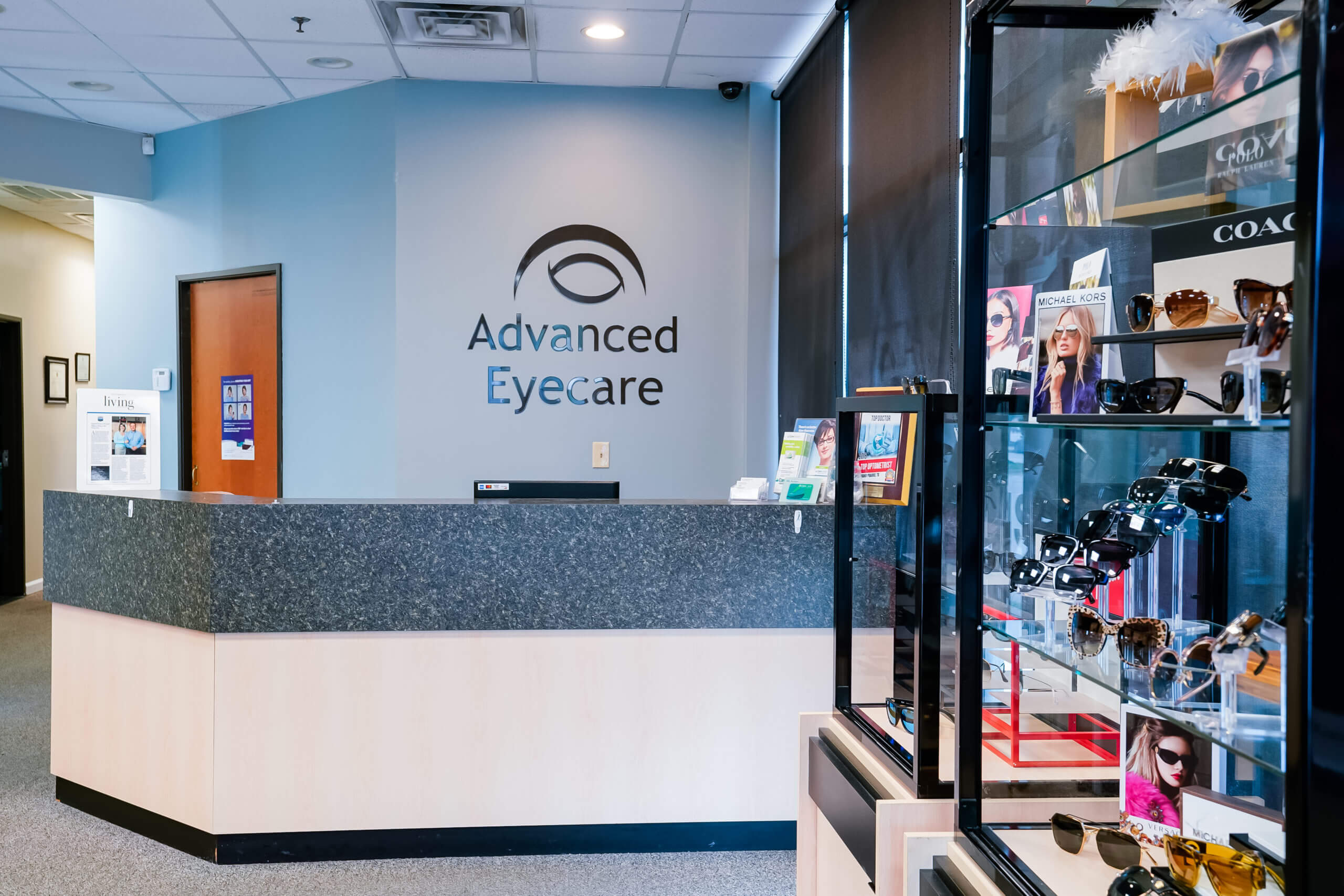The Benefits And Drawbacks of Various Refractive Surgeries for Boosted Eyecare

LASIK Surgical Treatment
LASIK surgical treatment is a frequently done refractive treatment that intends to remedy vision problems such as nearsightedness, farsightedness, and astigmatism. During the treatment, a slim flap is developed on the cornea, and a laser is made use of to reshape the underlying tissue, correcting the refractive error.
One of the key benefits of LASIK surgical procedure is the rapid improvement in vision experienced by several individuals. It is necessary for individuals considering LASIK surgical procedure to go through an extensive evaluation by an eye treatment expert to figure out if they are appropriate candidates for the treatment.
PRK Procedure
The PRK procedure, also understood as Photorefractive Keratectomy, is a kind of refractive surgical procedure that intends to correct vision problems similar to LASIK surgical treatment. Unlike LASIK, which entails developing a flap in the cornea, PRK works on the surface layer of the cornea.
One of the benefits of PRK over LASIK is that it removes the danger of flap-related problems because no flap is created throughout the surgical procedure. In spite of the longer healing period, PRK can be a suitable option for individuals looking for vision modification surgery.
SMILE Surgery
A cutting-edge refractive surgical procedure strategy acquiring popularity in the area of ophthalmology is SMILE Surgical treatment. Small Laceration Lenticule Removal (SMILE) is a minimally invasive procedure that fixes vision by reshaping the cornea making use of a femtosecond laser. Unlike standard LASIK surgical procedure, SMILE Surgical treatment involves producing a small laceration in the cornea to extract a lenticule, which causes much less interruption to the corneal structure and possibly quicker recovery times.
Among the key advantages of SMILE Surgery is its ability to treat myopia (nearsightedness) and astigmatism with high accuracy, causing superb aesthetic outcomes for people. The minimally intrusive nature of the procedure additionally minimizes the risk of difficulties such as completely dry eye syndrome, making it a positive alternative for individuals seeking refractive surgical procedure.

LASEK Method
Having discovered the benefits and factors to consider of SMILE Surgical treatment, another significant refractive surgical treatment strategy worth taking a look at is the LASEK Method. LASEK, which represents Laser-Assisted Subepithelial Keratectomy, is a kind of laser eye surgical treatment that intends to remedy refractive errors such as nearsightedness (nearsightedness), hyperopia (farsightedness), and astigmatism.
Unlike LASIK, LASEK does not entail producing a corneal flap. Rather, during a LASEK procedure, the doctor utilizes a watered down alcohol solution to loosen the slim external layer of the cornea, known as the epithelium.
One of the main advantages of LASEK is that it can be suitable for people with slim corneas who may not be great prospects for LASIK. In addition, LASEK generally leads to marginal post-operative pain and a quicker recovery time compared to PRK. Nevertheless, the aesthetic recuperation process with LASEK may be somewhat longer than with LASIK.
Implantable Contact Lenses
Implantable Contact Lenses provide a long-lasting vision modification remedy for people looking for an alternative to conventional get in touch with lenses or helpful resources glasses. These lenses, likewise referred to as phakic intraocular lenses, are operatively put right into the eye to deal with refractive mistakes such as nearsightedness (nearsightedness), hyperopia (farsightedness), and astigmatism. neurologist Andalusia. Unlike traditional call lenses that remain on the surface area of the eye, implantable call lenses function within the eye itself, supplying clear vision without the demand for day-to-day upkeep or elimination
One of the essential advantages of implantable contact lenses is their permanence. As soon as put, they can continue to be in the eye indefinitely, supplying secure and consistent vision adjustment. In addition, these lenses can be an excellent option for people that are not great candidates for laser eye surgery or that favor a relatively easy to fix vision adjustment procedure.
Nonetheless, implantable call lenses do bring some threats, including the capacity for cataracts or increased eye stress. It is vital for individuals considering this option to speak with an eye care specialist to identify if implantable call lenses are the best choice for their details requirements and eye health.
Verdict
In final thought, each type of refractive surgical treatment has its own advantages and downsides. LASIK surgical procedure is popular for its fast recuperation time, while PRK procedure might be appropriate for clients with thin corneas.

In General, SMILE Surgical treatment offers a promising choice for people looking to boost their vision through refractive surgery.
Comments on “Andalusia Optometrist: Professional Ophthalmologists in Your Area”